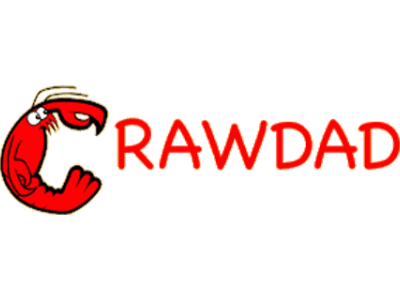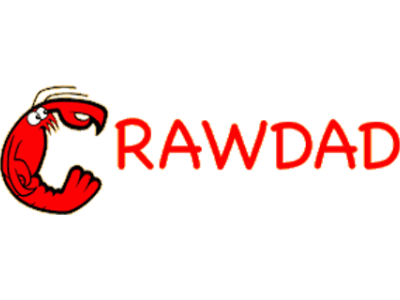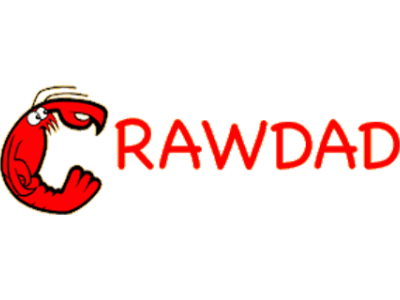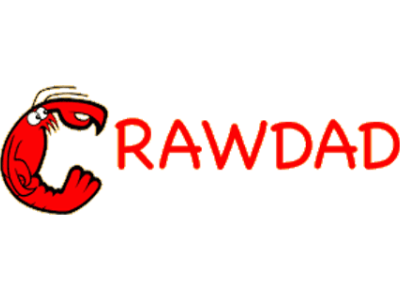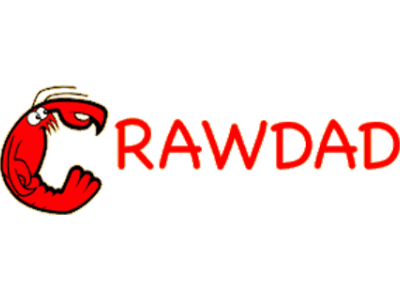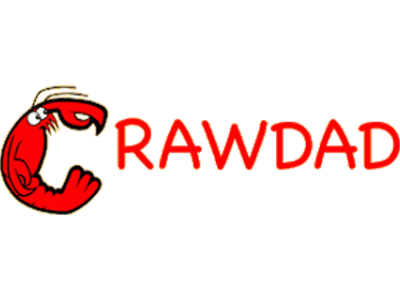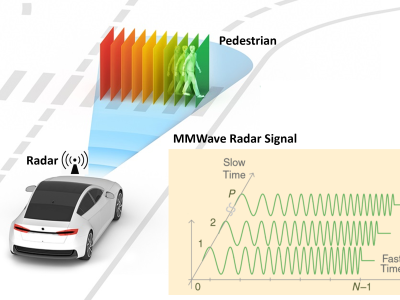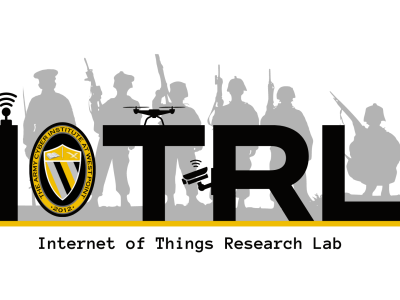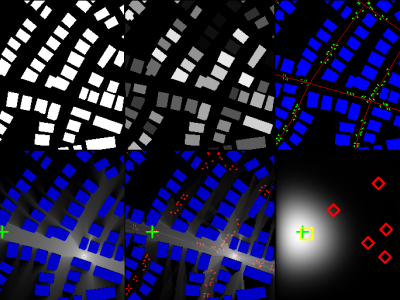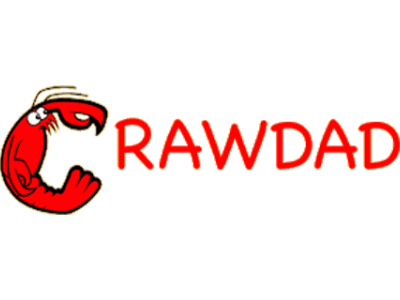CRAWDAD rice/midas
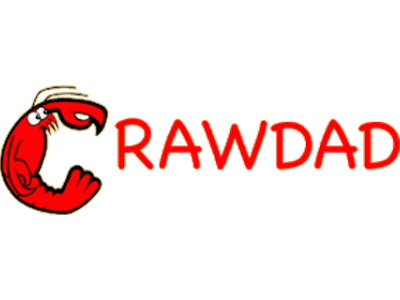
- Citation Author(s):
-
Ardalan Amiri Sani (Rice University)Lin ZhongAshutosh Sabharwal (Rice University)
- Submitted by:
- CRAWDAD Team
- Last updated:
- DOI:
- 10.15783/C7V30F
- Data Format:
 121 views
121 views
- Categories:
Abstract
Smartphone records of accelerometer and compass readings, wireless network state, and application data usage collected for MiDAS project at Rice University.
Accelerometer and compass readings along with network usage and application data usage information from 11 smartphone users, each for one week in the field.
date/time of measurement start: 2010-01-04
date/time of measurement end: 2010-02-09
collection environment: We employ a commercial smarthphone with a built-in tri axis accelerometer and compass, HTC G1, to collect data regarding device orientation from real mobile device usage. We have developed a software logger to collect accelerometer and compass readings along with information regarding wireless network status, and applications being used for HTC G1. The logger runs in the background and collects data about every 10ms, including both voice and Internet usage. We employ a larger battery and an extended battery compartment cover for the HTC G1 so that the smartphone has 10 to 15 hours of battery lifetime with normal usage, long enough not to significantly affect participants usage.
data collection methodology: We have collected accelerometer and compass readings from 11 smartphone users, each for one week along with both voice and data usage. The average usage time for a participant is 25.9 hours.
limitation: In practice, there are a few challenges to the estimation algorithm from the hardware limitations of accelerometer and compass in smartphones. First, both the accelerometer and the compass are prone to hardware noise. In particular, the compass can be easily interfered by electromagnetic activities nearby, including those by the host device. From controlled measurement conducted in the lab, we observe that such interferences and hardware noise tend to be much higher frequency than what could be possibly introduced by device rotation or mobility. Therefore, when analysing the logs, we suppress the noise and interference with a moving average window of 25 samples. Moreover, the numerical readings of a sensor can be different from the physical value. For example, when there is no acceleration, the accelerometer reading can be non-zero. When processing the logs, we remove this offset by data demeaning. Finally, while we leverage the impact of gravity on the accelerometer reading to estimate the orientation, the accelerometer reading also reflects the mobility of a device through acceleration. We note that the gravity is almost constant while the external acceleration due to mobility changes much faster. Therefore, in our analysis, the impact from mobility is suppressed with the mentioned low pass filther.
license: This data comes with the following license from Rice Efficient Computing Group.
1. We grant you a nonexclusive, nontransferable license to use the data and/or code for commercial, educational, and/or research purposes only. You agree to not redistributed the data/code without written permission from us.
2. If the download includes traces collected from human subjects, they are anonymized. To respect the privacy of those human subjects whose activity is captured by the data, you will not attempt to reverse the anonymization process. This may include but is not limited to identifying specific MAC addresses, Cell IDs, the actual users, or their location.
3. You agree to acknowledge the source of the data/code, i.e., the MobiCom'10 paper "Directional Antenna Diversity for Mobile Devices: Characterizations and Solutions", in your publications and/or reports.
4. We provide no warranty whatsoever on any aspect of the data and/or code. Use at your own risk.
Traceset
rice/midas/android
Smartphone records of accelerometer and compass readings, wireless network state, and application data usage collected for MiDAS project at Rice University from 11 users in 2010.
- files: users1-3.tar.gz, users4-6.tar.gz, users7-9.tar.gz, users10-11.tar.gz
- description: Accelerometer and compass readings along with network usage and application data usage information from 11 smartphone users, each for one week in the field.
- measurement purpose: Network Performance Analysis, Usage Characterization, Energy-efficient Wireless Network
rice/midas/android Trace
- txt: Smartphone records of accelerometer and compass readings, wireless network state, and application data usage collected for MiDAS project at Rice University from 11 users in 2010.
- format: The traces are combined into 4 gzipped tar archives, with several users in each archive. Data of each user is in its own subdirectory and split into subdirectories by weeks.
Each line of the log files is one sample of sensors readings,which have the following format:
Timestamp, Accelerometer x-axis, Accelerometer y-axis, Accelerometer z-axis, Compass x-axis, Compass y-axis, Compass z-axis, Call state, Data state, Wifi state, Application package name
Below you can find the explanations of each of these parameters:
1. Timestamp: Timestamp of the sample reported in system time which is in milliseconds since January 1, 1970 00:00:00 UTC. see http://developer.android.com/reference/java/lang/System.html#currentTimeMillis()
2. Accelerometer x-axis: Accelerometer reading on device x axis see http://developer.android.com/reference/android/hardware/SensorEvent.html for definition of axes of the device
3. Accelerometer y-axis: Accelerometer reading on device y axis
4. Accelerometer z-axis: Accelerometer reading on device z axis
5. Compass x-axis: Compass reading on device x axis
6. Compass y-axis: Compass reading on device y axis
7. Compass z-axis: Compass reading on device z axis
8. Call state: Shows device call state and takes one of the following values:
0 = CALL_STATE_IDLE
1 = CALL_STATE_RINGING
2 = CALL_STATE_OFFHOOK for details, see http://developer.android.com/reference/android/telephony/PhoneStateListener.html#onCallStateChanged(int, java.lang.String)
9. Data state: Shows device data connection state and takes one of the following values:
0 = DATA_DISCONNECTED
1 = DATA_CONNECTING
2 = DATA_CONNECTED
3 = DATA_SUSPENDED
for details, see http://developer.android.com/reference/android/telephony/PhoneStateListener.html#onDataConnectionStateChanged(int)
10. Wifi state: Shows device wifi state and takes one of the following values:
0 = WIFI_STATE_DISABLING
1 = WIFI_STATE_DISABLED
2 = WIFI_STATE_ENABLING
3 = WIFI_STATE_ENABLED
4 = WIFI_STATE_UNKNOWN for details, see http://developer.android.com/reference/android/net/wifi/WifiManager.html#getWifiState()
11. Application package name: Package name of the foreground application. It can be used to identify the foreground application.
Instructions:
The files in this directory are a CRAWDAD dataset hosted by IEEE DataPort.
About CRAWDAD: the Community Resource for Archiving Wireless Data At Dartmouth is a data resource for the research community interested in wireless networks and mobile computing.
CRAWDAD was founded at Dartmouth College in 2004, led by Tristan Henderson, David Kotz, and Chris McDonald. CRAWDAD datasets are hosted by IEEE DataPort as of November 2022.
Note: Please use the Data in an ethical and responsible way with the aim of doing no harm to any person or entity for the benefit of society at large. Please respect the privacy of any human subjects whose wireless-network activity is captured by the Data and comply with all applicable laws, including without limitation such applicable laws pertaining to the protection of personal information, security of data, and data breaches. Please do not apply, adapt or develop algorithms for the extraction of the true identity of users and other information of a personal nature, which might constitute personally identifiable information or protected health information under any such applicable laws. Do not publish or otherwise disclose to any other person or entity any information that constitutes personally identifiable information or protected health information under any such applicable laws derived from the Data through manual or automated techniques.
Please acknowledge the source of the Data in any publications or presentations reporting use of this Data.
Citation:
Ardalan Amiri Sani, Lin Zhong, Ashutosh Sabharwal, rice/midas, https://doi.org/10.15783/C7V30F , Date: 20100121


